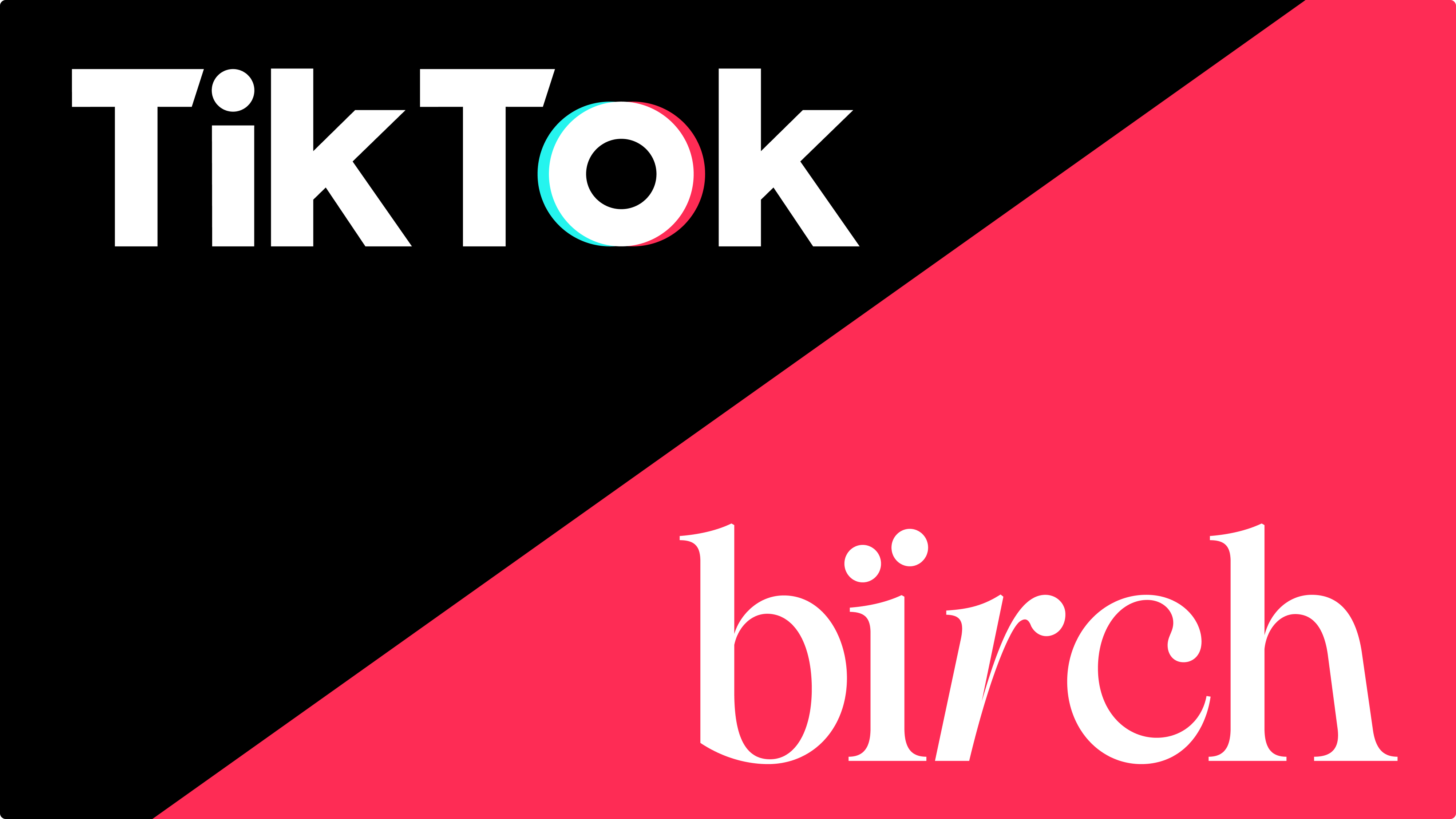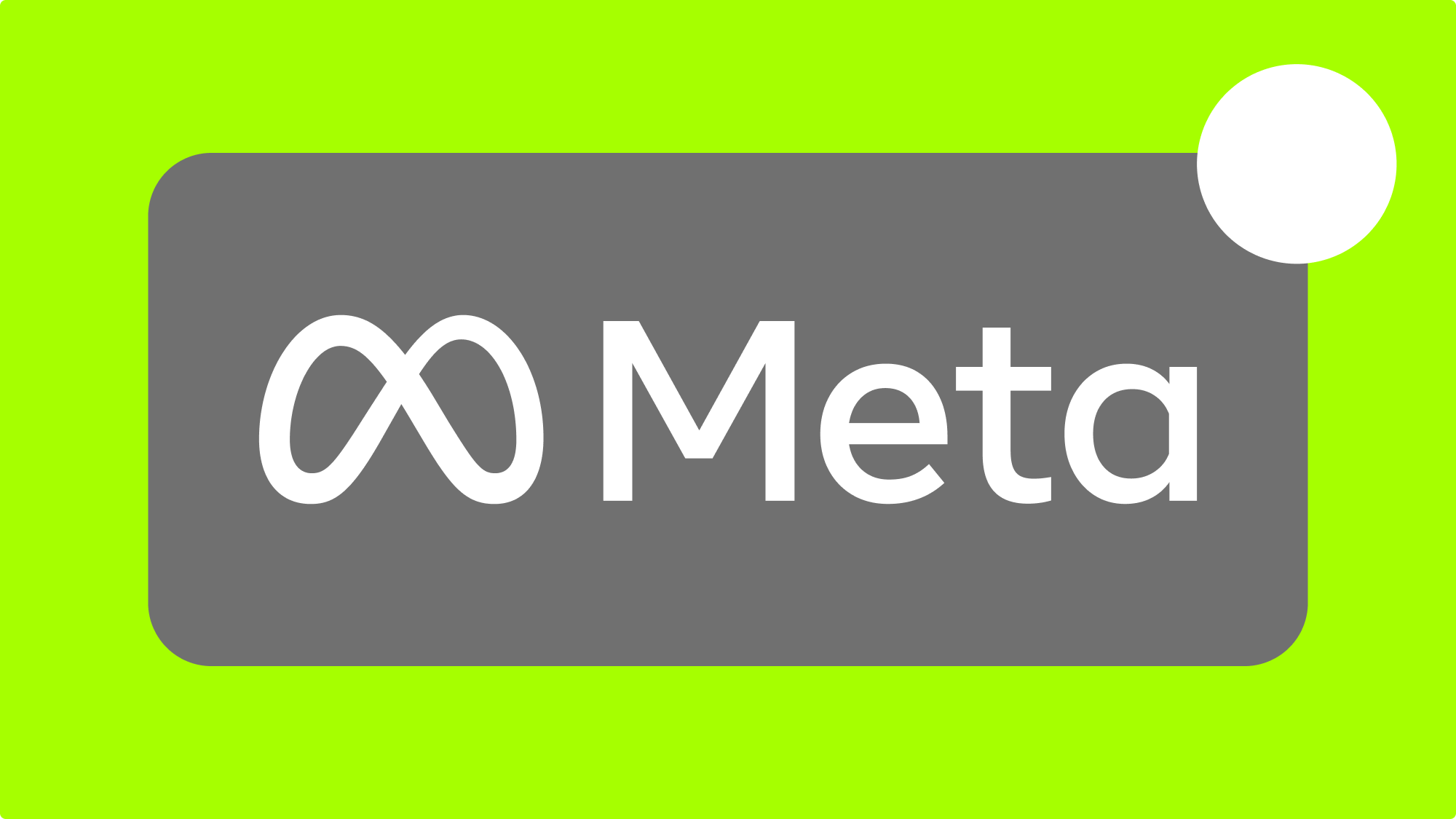Marketing emails are standard practice among all companies doing business online. It’s estimated that by 2025 there will be 4.7 billion email users. More than half of people on earth have an email, which makes it one of the easiest tools to use when it comes to marketing online. Data shows that for every dollar spent on email marketing, another 36 dollars could be made.
Shane Barker is a digital marketing consultant who specializes in influencer marketing, content marketing, and SEO. He is also the Founder and CEO of Content Solutions, a digital marketing agency. He has consulted with Fortune 500 companies, influencers with digital products, and a number of A-List celebrities.
In this article, he’ll be taking a look at the essentials to ensure your email marketing is a success.
Getting started
The endless amount of possible marketing emails you can send might get the best of you, which is why it’s important to start slow and with a game plan. If you’re looking to build an email marketing strategy look no further.

Here’s how to get started:
Define your target audience
It’s easy to simply send out an email to every single person in your database. It’s not the most effective way to go about it though.

Emails that do not fit within user intent, won’t get much attention at all. This is why it’s important to keep track of your users’ interests, what pages they look at most and how they interact with your website. Data shows that even adding a personalized subject line to your email will double the click-through rate.
Build your email database
To grow your business, you need to grow your customer base. Building up your email list is just as important as upkeep is with your old customers.
This can be done through organic traffic, paid sponsors, advertisements, from Facebook groups, or links on other higher-ranking websites.

An email list is made up of users who have subscribed. This means they have permitted you to send them emails including promotions and blogs. These emails are usually collected through opt-ins. This is when a user enters their email and submits it to you.
Stick with campaign types
Random emails are usually overlooked or forgotten. The best way to avoid confusing your users is by sticking to scheduled campaigns. This means weekly or monthly newsletters and promotions at certain times like mid-month or payday sales.
Campaign types will depend on each person and what business their running, but sticking to a certain format and time is important since most users will be expecting it.
Record results
Data collection is by far the most important part of any digital marketer. Important analytics like location, age range, frequency of visits, and previous websites visited are all important to get to know your audience.
From there, you can start tweaking parts of your website to fit these characteristics better, measure the results and then rinse and repeat.
Have the perfect opt-in form
The only way email marketing campaigns will work is by getting users to provide their emails to you. One of the easiest ways to do this is by offering them an opt-in form.
An opt-in form is where a visitor willingly fills in their email information in exchange for promotional and informational emails from your business. To persuade users to opt-in there are plenty of things you can do:
- Have an attractive opt-in
- It should entice the user to subscribe
- Offer a promotion or free gift in exchange for their email
- Have a great call-to-action

Some marketing professionals also believe in a double opt-in, which means a user will need to verify their email before they are signed up to your mailing system. This is a great way to avoid bots and spammers.
Use the right software
If you thought you’d have to spend hundreds of hours writing emails and sending them to all your customers, you thought wrong. These days there’s plenty of software and websites that do just that for you. The software these companies provide has been designed to capture and record emails, collect analytics about them and automate emails per your instructions.
A great example of a company like this is Mailchimp, a reliable email automation software that’s able to easily segment your audience, find the correct targets and send emails when the time is right.
If you've just started your business and want something less expensive, Saleshandy is an excellent alternative. If you’re looking for other software that does the same, there are plenty of alternatives to get you started.
A good piece of email automation software should have a good relationship with internet providers as well as email service providers. It should also be able to segment your audience and have built-in analytics. Those four basic ingredients should allow you to get a head start when it comes to email marketing.
Segment your email list
We just spoke a lot about segmentation, but what is it? When you segment your email list, you are using analytics to determine which users would most likely be interested in the email you’re sending.
That’s why it’s important that any email automation software you use, has segmentation built-in, as well as a good analytics system.
Why should you segment our email list?
A lot of times, even when you’ve got a user to subscribe to your email listing, they won’t purchase anything immediately. Converting these users into customers will take an added level of marketing, which is where email automation comes in. But it won’t help you send them things they don’t want.
Instead, a well-timed and researched promotion, with an interest of theirs, might convert them. Maybe there has been a product sitting in their cart for a few hours. A quick reminder that they’ve got something in their cart through an email, might just remind them that they forgot to click buy.
Keep it personal
Data from Campaignmonitor has shown that more than 26% of users who received an email with a personalized subject line were more likely to buy a product or service than those without.

Considering the small amount of effort that goes into adding a personal subject line into automated email software, it’s a no-brainer.
Here are some other things you can do to keep your automated emails more personal.
- Add region-specific information or promotions.
- New emails should only pertain to information from the last engagement the lead had.
- Emails should end with a small greeting or message from a person/owner.
- Create interesting call-to-action that will entice users.
Personal touches to your email automation will do wonders for turning leads into actual customers.
The takeaway
Email marketing isn’t going anywhere soon, and the faster you hop on the digital marketing train and learn to do it right, the faster you can make a success out of your business ventures.
It might sound daunting at first, but with current technology keeping up to date with email marketing has never been easier.
Hopefully, these tips and essential things to do will help give you the head start you need to start marketing your business using emails today!
Marketing emails are standard practice among all companies doing business online. It’s estimated that by 2025 there will be 4.7 billion email users. More than half of people on earth have an email, which makes it one of the easiest tools to use when it comes to marketing online. Data shows that for every dollar spent on email marketing, another 36 dollars could be made.
Shane Barker is a digital marketing consultant who specializes in influencer marketing, content marketing, and SEO. He is also the Founder and CEO of Content Solutions, a digital marketing agency. He has consulted with Fortune 500 companies, influencers with digital products, and a number of A-List celebrities.
In this article, he’ll be taking a look at the essentials to ensure your email marketing is a success.
Getting started
The endless amount of possible marketing emails you can send might get the best of you, which is why it’s important to start slow and with a game plan. If you’re looking to build an email marketing strategy look no further.

Here’s how to get started:
Define your target audience
It’s easy to simply send out an email to every single person in your database. It’s not the most effective way to go about it though.

Emails that do not fit within user intent, won’t get much attention at all. This is why it’s important to keep track of your users’ interests, what pages they look at most and how they interact with your website. Data shows that even adding a personalized subject line to your email will double the click-through rate.
Build your email database
To grow your business, you need to grow your customer base. Building up your email list is just as important as upkeep is with your old customers.
This can be done through organic traffic, paid sponsors, advertisements, from Facebook groups, or links on other higher-ranking websites.

An email list is made up of users who have subscribed. This means they have permitted you to send them emails including promotions and blogs. These emails are usually collected through opt-ins. This is when a user enters their email and submits it to you.
Stick with campaign types
Random emails are usually overlooked or forgotten. The best way to avoid confusing your users is by sticking to scheduled campaigns. This means weekly or monthly newsletters and promotions at certain times like mid-month or payday sales.
Campaign types will depend on each person and what business their running, but sticking to a certain format and time is important since most users will be expecting it.
Record results
Data collection is by far the most important part of any digital marketer. Important analytics like location, age range, frequency of visits, and previous websites visited are all important to get to know your audience.
From there, you can start tweaking parts of your website to fit these characteristics better, measure the results and then rinse and repeat.
Have the perfect opt-in form
The only way email marketing campaigns will work is by getting users to provide their emails to you. One of the easiest ways to do this is by offering them an opt-in form.
An opt-in form is where a visitor willingly fills in their email information in exchange for promotional and informational emails from your business. To persuade users to opt-in there are plenty of things you can do:
- Have an attractive opt-in
- It should entice the user to subscribe
- Offer a promotion or free gift in exchange for their email
- Have a great call-to-action

Some marketing professionals also believe in a double opt-in, which means a user will need to verify their email before they are signed up to your mailing system. This is a great way to avoid bots and spammers.
Use the right software
If you thought you’d have to spend hundreds of hours writing emails and sending them to all your customers, you thought wrong. These days there’s plenty of software and websites that do just that for you. The software these companies provide has been designed to capture and record emails, collect analytics about them and automate emails per your instructions.
A great example of a company like this is Mailchimp, a reliable email automation software that’s able to easily segment your audience, find the correct targets and send emails when the time is right.
If you've just started your business and want something less expensive, Saleshandy is an excellent alternative. If you’re looking for other software that does the same, there are plenty of alternatives to get you started.
A good piece of email automation software should have a good relationship with internet providers as well as email service providers. It should also be able to segment your audience and have built-in analytics. Those four basic ingredients should allow you to get a head start when it comes to email marketing.
Segment your email list
We just spoke a lot about segmentation, but what is it? When you segment your email list, you are using analytics to determine which users would most likely be interested in the email you’re sending.
That’s why it’s important that any email automation software you use, has segmentation built-in, as well as a good analytics system.
Why should you segment our email list?
A lot of times, even when you’ve got a user to subscribe to your email listing, they won’t purchase anything immediately. Converting these users into customers will take an added level of marketing, which is where email automation comes in. But it won’t help you send them things they don’t want.
Instead, a well-timed and researched promotion, with an interest of theirs, might convert them. Maybe there has been a product sitting in their cart for a few hours. A quick reminder that they’ve got something in their cart through an email, might just remind them that they forgot to click buy.
Keep it personal
Data from Campaignmonitor has shown that more than 26% of users who received an email with a personalized subject line were more likely to buy a product or service than those without.

Considering the small amount of effort that goes into adding a personal subject line into automated email software, it’s a no-brainer.
Here are some other things you can do to keep your automated emails more personal.
- Add region-specific information or promotions.
- New emails should only pertain to information from the last engagement the lead had.
- Emails should end with a small greeting or message from a person/owner.
- Create interesting call-to-action that will entice users.
Personal touches to your email automation will do wonders for turning leads into actual customers.
The takeaway
Email marketing isn’t going anywhere soon, and the faster you hop on the digital marketing train and learn to do it right, the faster you can make a success out of your business ventures.
It might sound daunting at first, but with current technology keeping up to date with email marketing has never been easier.
Hopefully, these tips and essential things to do will help give you the head start you need to start marketing your business using emails today!

















